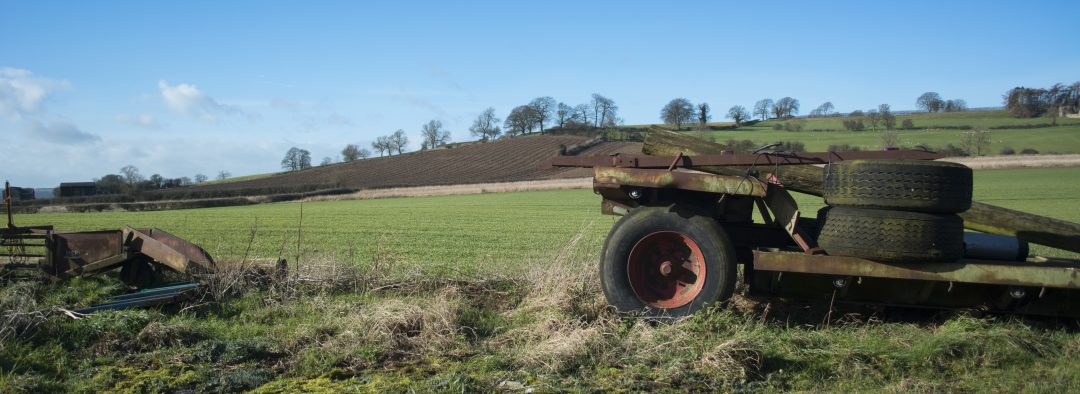Primary Research – Interview
1. How much context, in regards to the character and narrative, do you like at the start of a film?
I don’t like feeling lost and having to ask questions at the start of a film. I prefer enough context to give a clear indication of who the character is and where the narrative is beginning.
2. What is your opinion on the importance of the film score? How much of the film’s sound space should be filled with music in your opinion?
I enjoy film scores and believe they hold a key role in a film’s narrative and artistic design. I feel a full score throughout the whole film will wash out the film’s meaning and become a distracting element. In my opinion, the score should be used to push the narrative, so should only be only used at key moments in the narrative.
3. Partway through the film, the main character receives a phone call commencing his journey of grieving. At key moments like this, what is your opinion on whether the audience should be allowed to create their own ideas for what the character has experienced?
I quite enjoy and like the sound of being able to create my own judgments of what the character is experiencing. Plus I feel the mystery will add the narrative, not being allowed to fully knowing what is happening to the character. But I could foresee that creating confusion as well.
4. In the end of the film and a plot twist, the main character dies. When watching a film do you like an unexcepted ply twist at the end of the film?
Yes, love unexpected plot twists, especially the I don’t see them coming, or the twist is unusual. The plot twist you have planned sound depressing and different for normal endings.
Secondary Reseach – Internet Reseach
Lighting will take a large importance in my short film, as I hope to use light the show the character fall into darkness and then how close he is are to being reborn and finding his way home. The amount of light of light covering his face compared to darkness will increase as he gets closer to finding his way home.
The basic 3-point lighting set up is, a key light; to illuminate the actor or object in the shot. A fill light to light up the shadows created by the key light, this allows a higher level of control over the lighting in the shot. Finally the backlight; often situated behind the actor or object in the shot, this light is used to pronouns the actor or object from the background in the shot by creating a slight glow around them.
Other lighting techniques include side lighting; this is where there is a single light parallel to the actor, this light is used to create a high contrast, dramatic effect and is often very textual. Another technique is a practical light, this is a light that is in the shot, it could be anything from a lamp to a candle or even TV. These lights give a sense of location. Other lighting techniques include a bounce light and soft light.
After research a few different websites, there is a clear opinion that lighting is more important and is what creates the best cinematic shots in all areas of the film industry. The first website I researched, suggested that less using 1 or 2 lights for a shot and no more, is best. As the lack of lighting creates a sense of realism, as like in normal life there is rarely a mass of lights for your average day to day life. Natural light is also advised, as it can save the production money that is might spend on lighting. However, the natural light is unpredictable and may require the production to have a large variety of fast lens to capture the shot.
